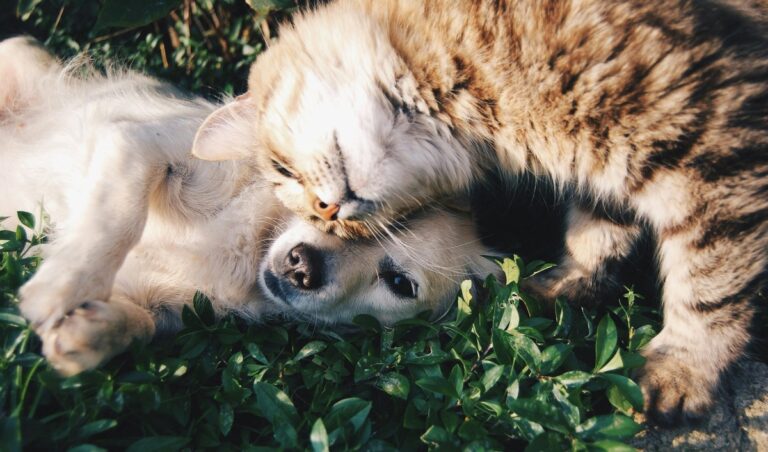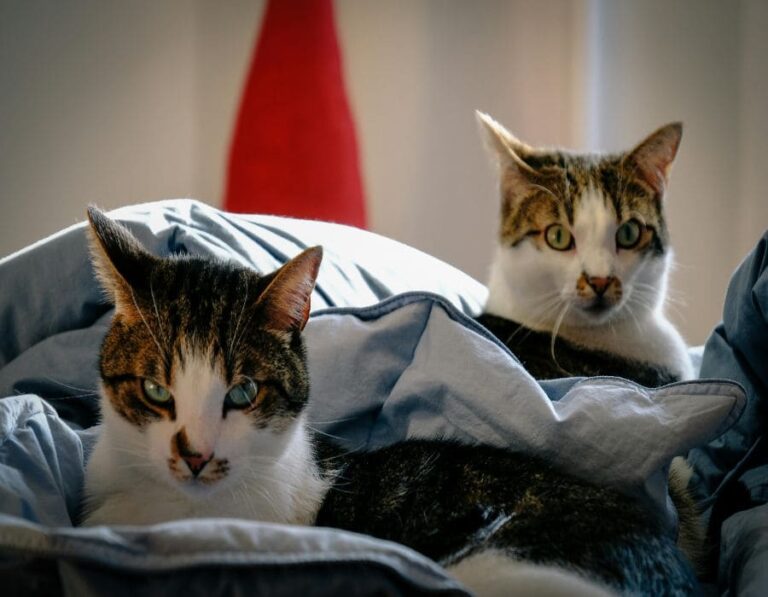10 Secret Ways Your Cat Shows Deep Affection
Popular culture often paints cats as cold, independent creatures who merely tolerate human presence. Nothing could be further from the truth. Research into feline behavior reveals a sophisticated emotional vocabulary expressed through subtle yet meaningful gestures. These complex beings simply speak a different language of love—one that requires careful observation to understand.
1. The Sacred Slow Blink
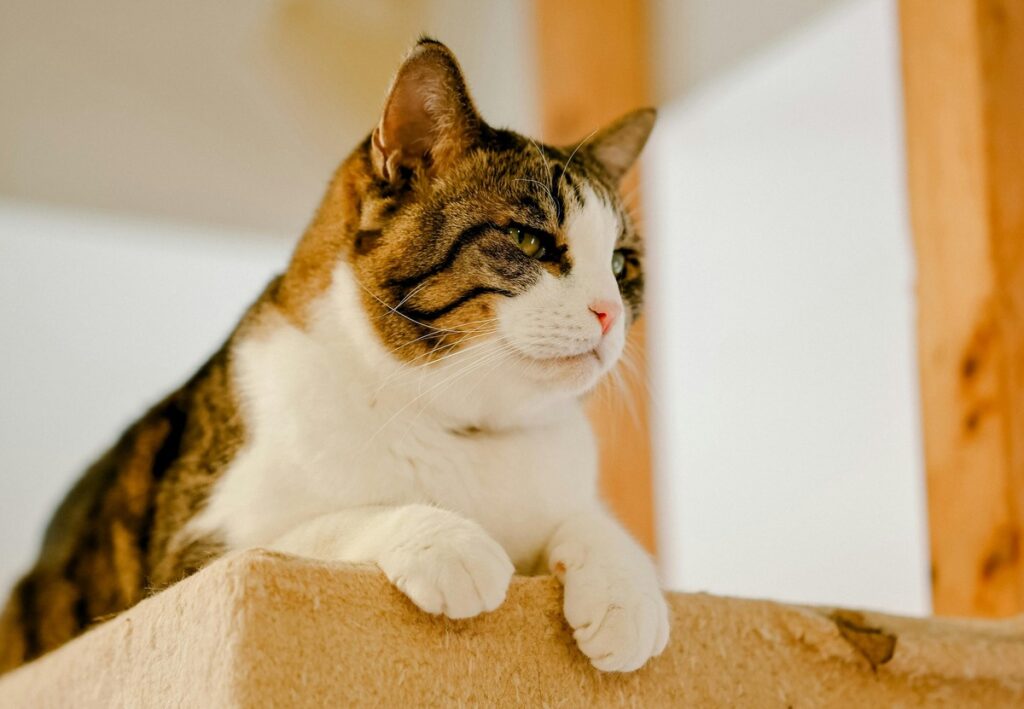
Cats don’t just blink slowly because they’re sleepy. This deliberate eye closure, dubbed the “cat kiss” by behavioral experts, represents one of the most profound displays of feline trust. A cat who closes their eyes in someone’s presence makes themselves temporarily vulnerable—a gesture reserved only for those they deeply trust. Research confirms this slow-blink ritual as a crucial bonding mechanism between cats and their chosen humans.
2. Tales Told by Tails

Watch that tail. When held high with a slight curve at the tip, it speaks volumes about a cat’s emotional state. This particular position, sometimes accompanied by a subtle quiver, mirrors how kittens greet their mothers. The implications? Pretty significant. These furry companions essentially treat their human caregivers as family members, complete with all the emotional attachment that designation carries.
3. Sleep Speaks Volumes
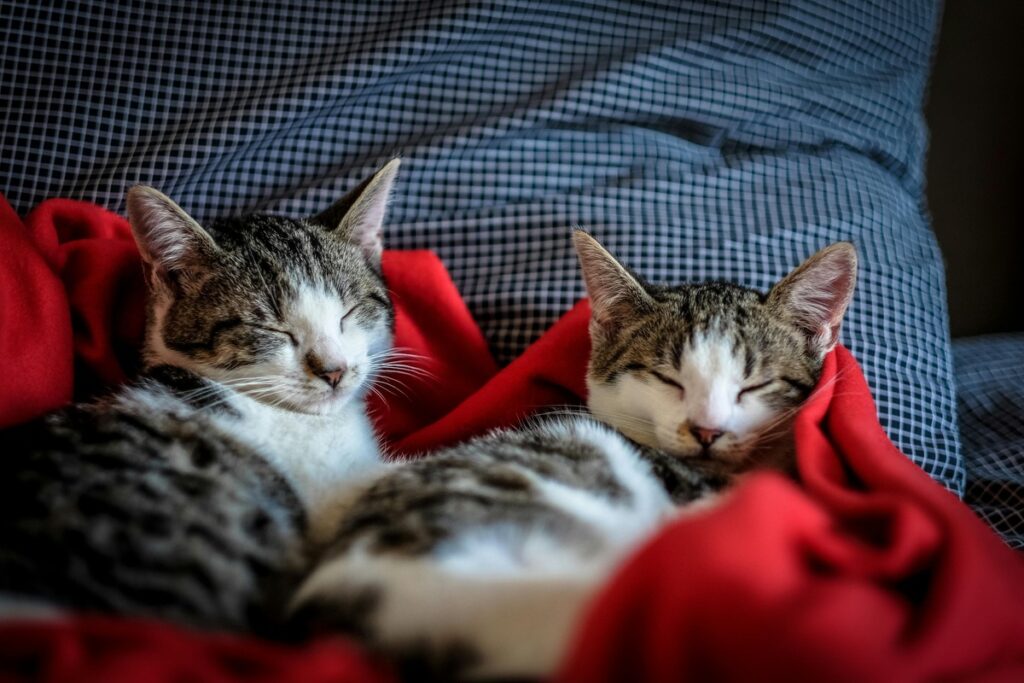
Location, location, location. A cat’s choice of sleeping spot reveals deep emotional truths about their relationships. Wild cats only sleep near family members or trusted allies—it’s a survival thing. So when a domestic cat deliberately chooses to snooze against their human’s leg or claim that spot right next to the pillow? That’s not just about finding a warm place to nap.
4. Scratch Marks as Love Notes
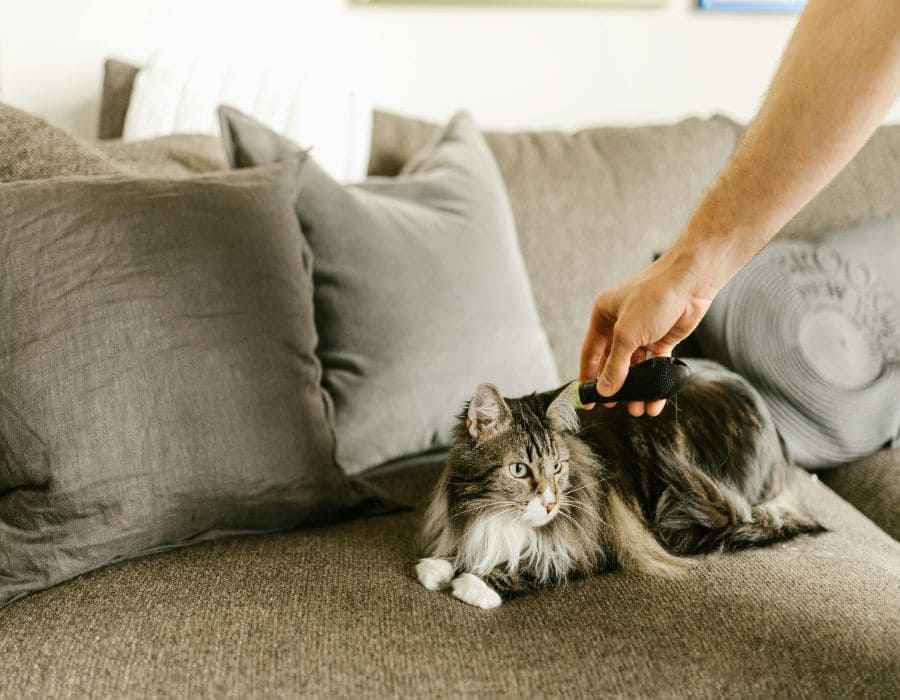
Those claw marks on the couch? Sometimes they’re more than just destruction. Cats often target furniture near their favorite humans for scratching, combining visual marking with scent signals. It’s their way of saying “this space is ours.” Not exactly great for the furniture, but oddly touching from an emotional perspective.
5. The Morning Ritual
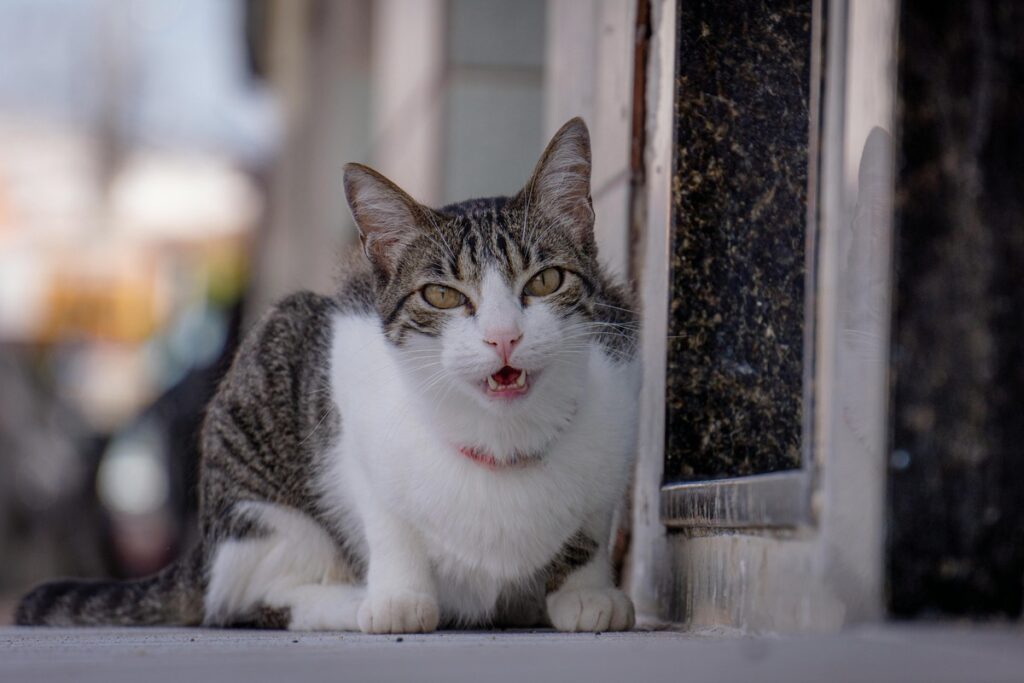
Early wake-up calls from cats aren’t purely about breakfast demands. This behavior has deeper roots in feline social structures, mirroring how mother cats rouse their kittens for feeding and grooming sessions. The consistency of these morning interactions strengthens social bonds, even if humans might prefer a few more minutes of sleep.
6. The Shadow Cat Phenomenon
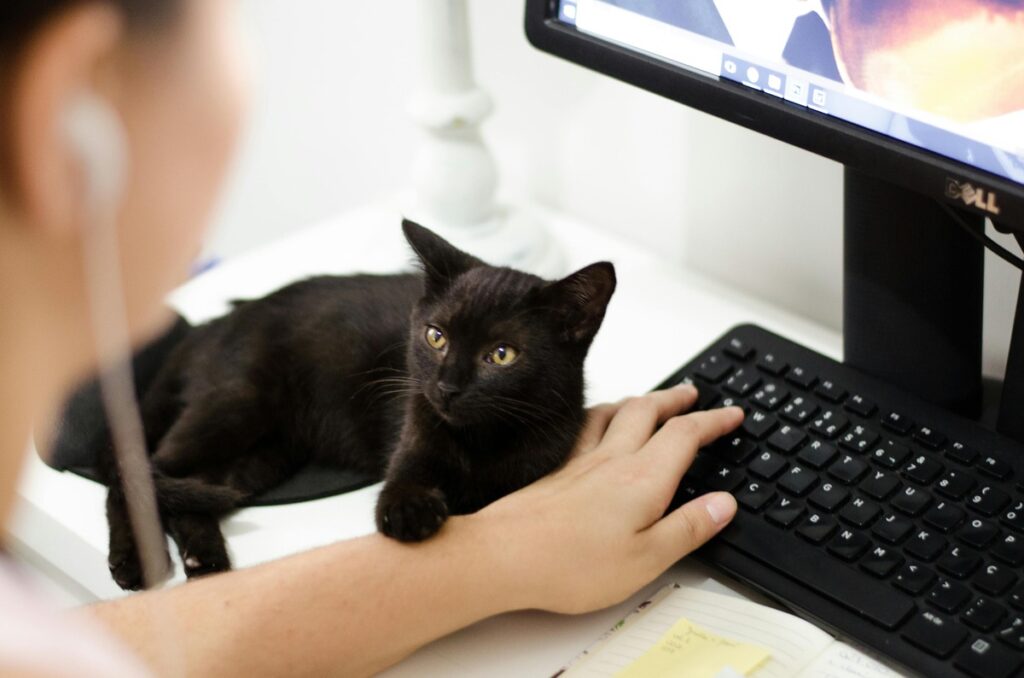
Some cats transform into furry shadows, following their chosen humans from room to room with impressive dedication. This behavior, technically called “shadowing,” represents more than mere curiosity. It’s a clear indication that the cat considers that person an essential part of their social security network.
7. Headbutts of Honor
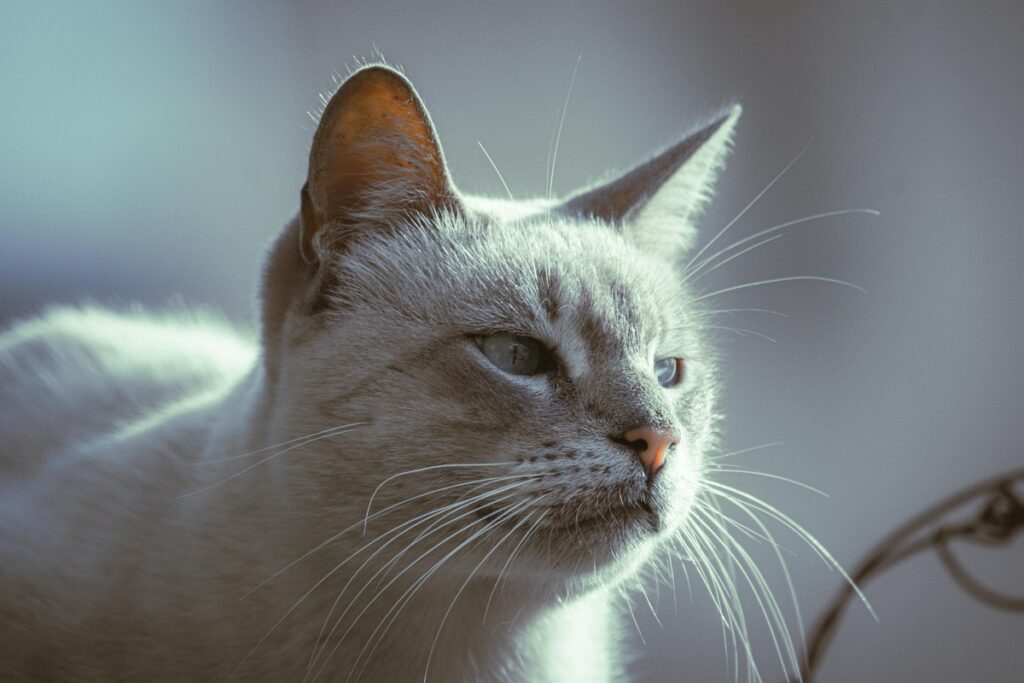
Those head bumps aren’t accidents. Cats possess scent glands in their foreheads, and “bunting” behavior—the technical term for those forceful head nudges—serves multiple purposes. Beyond marking territory, it creates a shared group scent, essentially declaring “we’re family” in cat language.
8. The Vulnerable Belly Flash
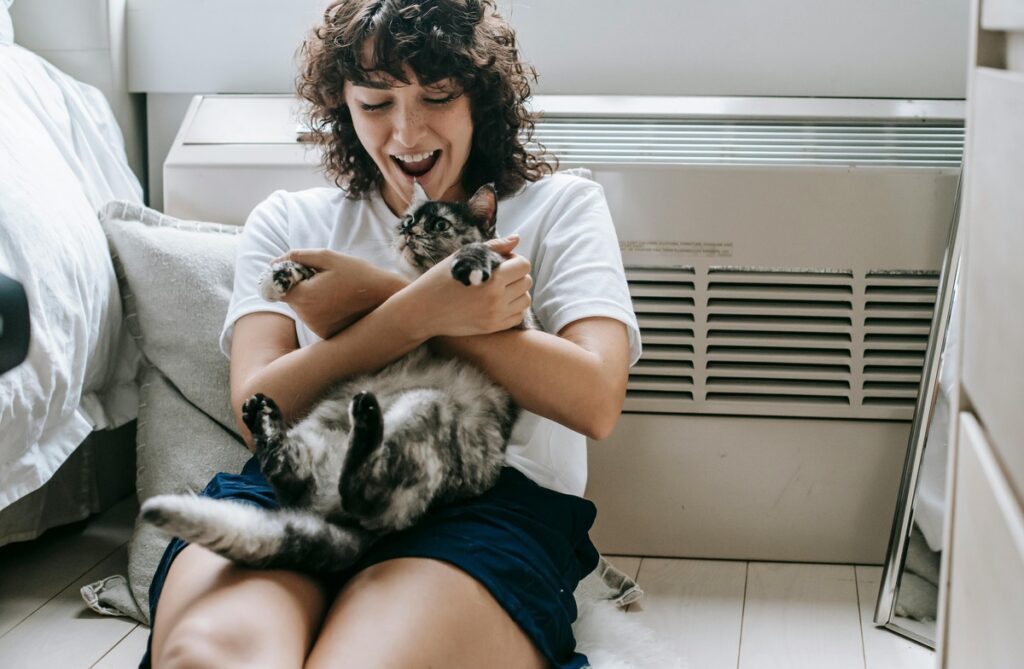
Nothing says trust quite like a cat displaying their belly. The stomach represents their most vulnerable area, and willingly exposing it indicates complete comfort in the relationship. Just remember—this display typically signals trust rather than a request for belly rubs. Some lessons get learned the hard way.
9. Kneading: Comfort in Regression
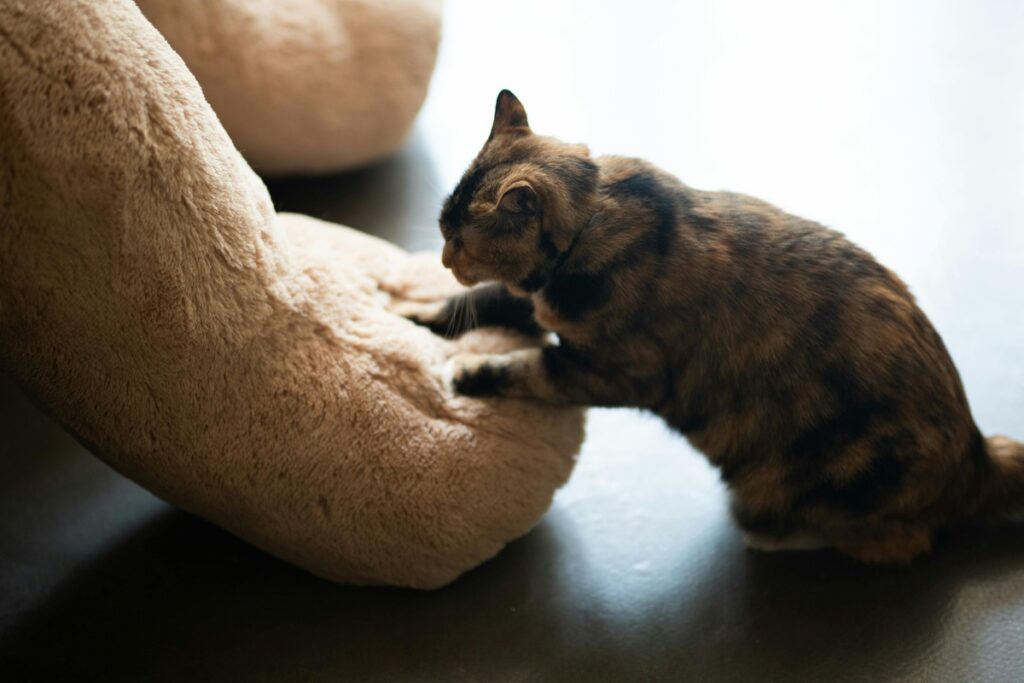
Adult cats kneading their humans tap into deeply ingrained kittenhood memories. This behavior, associated with nursing comfort, suggests the cat views their human as a source of maternal-level security. Pretty significant emotional stuff, wrapped in a seemingly simple action.
10. Personal Vocal Signatures

Ever notice how some cats develop special meows just for their favorite people? These unique vocalizations differ markedly from the sounds they use with other cats or strangers. It’s like having a secret language, reserved exclusively for their inner circle.
Understanding these subtle expressions transforms how humans perceive their feline companions. While cats might not wag tails or bound joyfully toward the door like their canine counterparts, their capacity for affection runs remarkably deep. They simply express it through a more sophisticated set of behavioral signals—a language worth learning for anyone sharing their life with these complex creatures.


